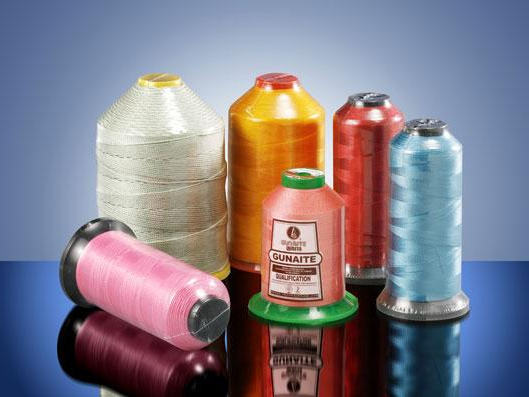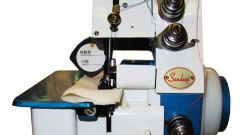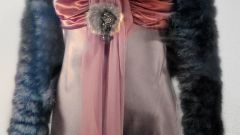Instruction
1
First, the thread for the serger should be thin enough, as when machining the edge of the fabric is used 2-5 threads. They are intertwined to form a chain. If you use a too thick thread (for example, No. 40), the seam will turn out thick, stiff and will puff up. The optimum thickness in the selection should range from No. 50 to No. 120. But do not choose too thin a thread, above n 120, as it will be torn at the intersections of seams and, in places swelling to peretiraetsya ears needle.
2
Second, the thread for the serger should be smooth, durable and flexible, without any distinct defects: knots and Terry, etc.
3
Thirdly, it is worth considering the high consumption of thread in the serger so the thread should not be too quick to end. Of course, for a small amount of work standard sewing winding 200 meters may be enough. But remember that quality threads are quite expensive. Price per meter of the filament in a conventional coil will be three of the pelvis higher than in a large wound. There are masters that are used in working with the cheap serger thread. Sew them happy, but definitely not on all seams, the maximum on three thread overstitching and cheapest fabrics. Basically, those who purchased serger, to strive for high quality products. If you are not sure of the correctness of filling material and setting up the equipment, you should start with high-quality threads.
4
Never use the overlock cotton thread of Soviet production, purchased 20-25 years ago, to modern technology such material is not suitable. Mylar and reinforced filament of the Russian producers with the marking LL (len+Dacron) and LKH (cotton+polyester) too. The above thread may be the cause of rapid wear of the serger. Because even if you set the maximum value of the disk tensioners, the desired tension is created. It is not necessary to use threads, which are used for single-purpose industrial overlock, as they may be suitable only for some stitches. It is worth considering that modern household technology multistage, with a large number of functions and threads they have different moods. By trial and error, you need to choose for your equipment is the best option.
Note
Buying a serger, some artists mistakenly think that this equipment will need some special threads: tensile, monofilament (like fishing line), nylon, silk, embroidery, etc. should Not be exaggerated. Pick just high quality, thin, strong, smooth and flexible thread.


